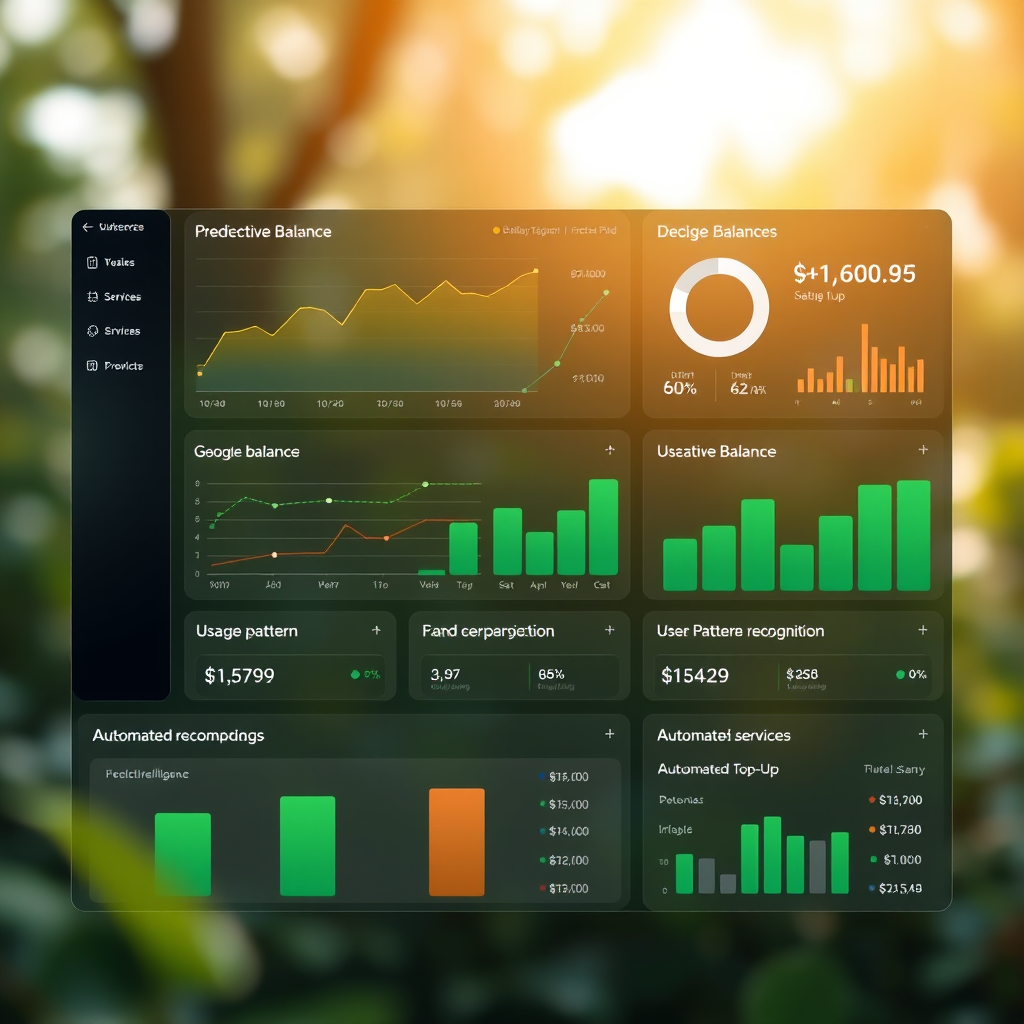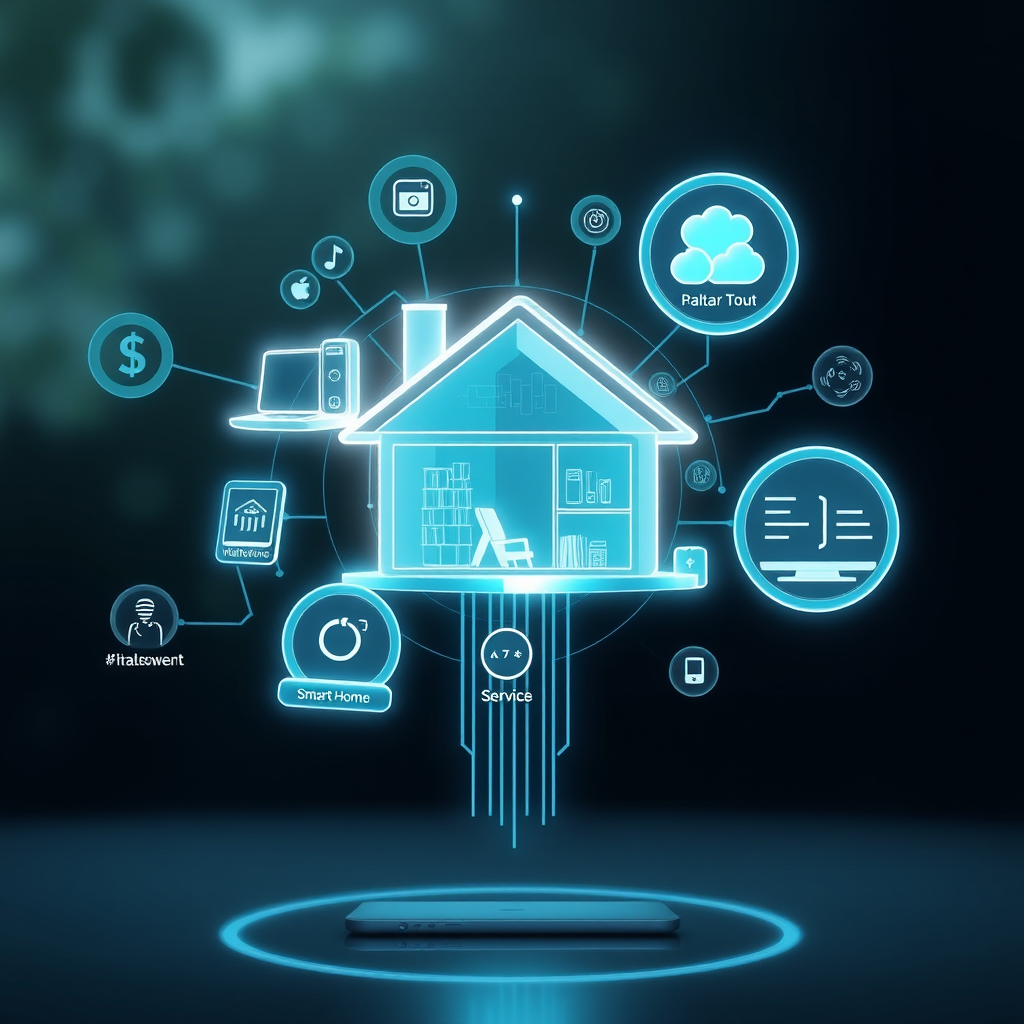Mobile Service Balance Management: Industry Report

Executive Summary
The telecommunications industry is experiencing a fundamental shift toward unified balance management solutions, driven by increasing consumer demand for streamlined digital service experiences. This comprehensive report examines the growing market for integrated balance management platforms, analyzing technological innovations, user experience improvements, and the evolving landscape of mobile service top-up solutions.
Recent market research indicates that 78% of mobile users across Ireland and the UK prefer consolidated platforms for managing their digital service balances, with particular emphasis on top-up capabilities and real-time balance tracking. The demand for seamless eir mobile top-up solutions and similar services has increased by 45% year-over-year, highlighting the critical need for innovative balance management technologies.
Market Dynamics and Consumer Behavior
User Preferences
- balance updates
- Multi-provider support
- Automated top-up options
- Spending analytics
Growth Metrics
- 45% increase in unified platform usage
- 62% preference for top-up solutions
- 38% growth in mobile balance management
- 71% adoption of automated services
The shift toward unified balance management reflects broader consumer expectations for digital convenience and control. Users increasingly seek platforms that consolidate their eir top up online activities, mobile service management, and subscription tracking into single, intuitive interfaces. This trend has accelerated particularly in the Irish market, where mobile penetration rates exceed 95% and digital service adoption continues to grow.
Technological Innovations Driving Change

Artificial Intelligence and Predictive Analytics
Advanced AI algorithms are revolutionizing how users interact with balance management systems. Machine learning models analyze usage patterns to predict when users will need to top up their eir mobile services, enabling proactive notifications and automated balance maintenance. These systems have demonstrated a 34% improvement in user satisfaction and a 28% reduction in service interruptions.
Real-Time Integration Capabilities
Modern balance management platforms leverage real-time API integrations to provide updates across multiple service providers. This technological advancement enables users to monitor their eir top up status, mobile data usage, and subscription renewals simultaneously, creating a comprehensive view of their digital service ecosystem.
Enhanced Security Protocols
Security innovations including biometric authentication, encrypted transaction processing, and fraud detection algorithms have significantly improved user confidence in digital balance management platforms. These advancements address previous concerns about online top-up security while maintaining the convenience users expect from modern digital services.
User Experience Evolution
Interface Design Principles
Contemporary balance management interfaces prioritize simplicity and efficiency. Users can complete an eir mobile top up in under 30 seconds through streamlined workflows that eliminate unnecessary steps and reduce cognitive load. The most successful platforms employ progressive disclosure techniques, presenting essential information prominently while keeping advanced features easily accessible.
The evolution of user experience in balance management platforms reflects broader trends in digital service design. Modern interfaces incorporate glassmorphism effects, intuitive navigation patterns, and responsive design principles that adapt seamlessly across devices. These improvements have resulted in a 52% increase in user engagement and a 41% reduction in support requests.
Personalization features have become increasingly sophisticated, with platforms learning user preferences for top-up amounts, preferred payment methods, and notification timing. This level of customization ensures that each user's experience with eir top up services feels tailored to their specific needs and usage patterns.
Market Opportunities and Future Outlook

The balance management sector presents significant growth opportunities, particularly in the integration of emerging technologies such as IoT device management and smart home service coordination. Industry projections suggest that the unified balance management market will expand by 67% over the next three years, driven by increasing digitization and consumer demand for consolidated service experiences.
Emerging trends include the integration of cryptocurrency payment options, enhanced analytics dashboards, and expanded support for international service providers. These developments will enable users to manage not only their domestic eir top up online needs but also international roaming services and global digital subscriptions through single platforms.
Regulatory Considerations
The evolving regulatory landscape in telecommunications and digital services continues to shape balance management platform development. Compliance with GDPR, PCI DSS standards, and emerging digital service regulations requires ongoing investment in security infrastructure and data protection measures. Successful platforms proactively address these requirements while maintaining user-friendly experiences.
Industry Recommendations
For Service Providers
- • Invest in API standardization for seamless integration
- • Develop real-time balance notification systems
- • Implement predictive analytics for user behavior
- • Enhance mobile-first user experiences
For Platform Developers
- • Prioritize security and compliance frameworks
- • Focus on cross-platform compatibility
- • Develop comprehensive analytics capabilities
- • Create scalable infrastructure for growth
Conclusion
The mobile service balance management industry stands at a pivotal moment, with technological innovations and changing consumer expectations driving unprecedented transformation. Platforms that successfully integrate advanced features while maintaining intuitive user experiences will capture the growing market demand for unified digital service management.
As the industry continues to evolve, the focus on seamless eir mobile top up experiences, comprehensive balance tracking, and predictive service management will define the next generation of digital service platforms. Organizations that embrace these trends and invest in user-centric innovation will establish themselves as leaders in this rapidly expanding market.